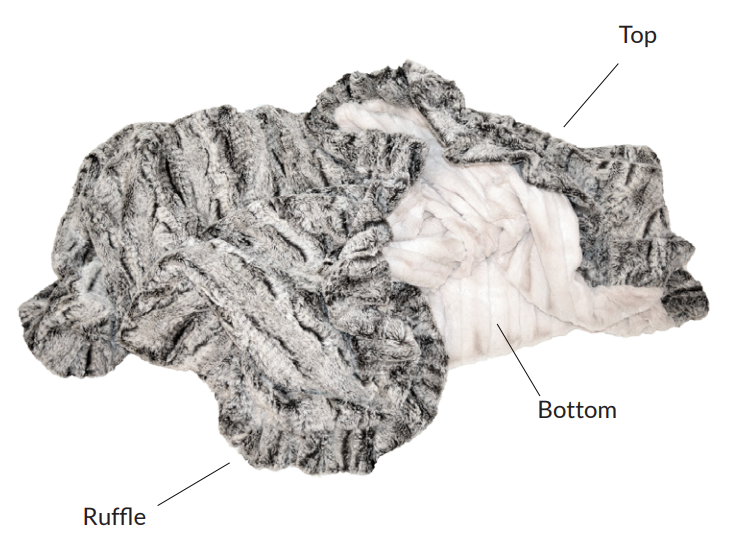Three ways your dog can teach you mindfulness
In this fast-paced, results-oriented society, it has become nearly automatic for us to equate efficacy with chaos. Addressing daily responsibilities can therefore entail days rife with anxiety and pressure. Yet, the biggest pitfall of modern life is not the threat of failure measured by socially prescribed indicators (e.g., professional success.) It is the decay of the mind.
Anxiety incurred through the demands of modern life is in fact instantiated in the psyche. On the neuronal, chemical, and physical planes, anxiety translates in the body through overproduction of cortisol, cardiac issues and emotional imbalance. Thankfully, awareness of these issues is growing and highlighting different avenues toward emotional health.
Mindfulness is one approach to stress-reduction that has gained much clout over the years for its effectiveness and easiness. Mindfulness can be summarized in two words: detached observation. The practice is essentially one of non-judgmental self-awareness where one focuses on his or her breath and bodily sensations, keeping mental digression to a minimum. Prolonged practice results in applying those principles in different contexts, quieting the mind when external stress factors threaten to create the inner imbalances of anxiety.
Now, how can your dog help you practice mindfulness?
Studies have shown how dogs automatically imitate humans. Given their immersion in domestic life and attachment to human owners, this is not surprising. What is surprising is that their imitation capacities are relatively long term. They can replicate observed behavior beyond the seconds following the prototypical action. If dogs mirror you, they can provide insight into yourself. Here are 3 ways to capitalize on your dog’s imitation to further your mindfulness practice.
Watch it watch you
If sitting in full lotus position focusing on your breath is not your ideal pastime, just observe your dog. You will be essentially observing yourself by proxy. Pay attention to how it responds to frustration, fatigue, happiness or hunger. That could reflect on your behavior patterns. Remember, no judgment. Just detached introspection.
Model desirable behaviors
While observing your dog, you may notice behaviors you wish to change. Try enacting alternate positive behaviors and see how that impacts your pet. Not only will your dog display more desirable actions, but your self-awareness will increase. Being attentive to your behavior is essentially being mindful. No need to chastise, just notice and modify.
Be patient
If you internalize the principle that your dog is imitating you or your family, you may develop more empathy and patience toward it. Empathy and patience are concepts closely related to meditation and their practice in turn deepens your mindfulness.
Understanding that your dog is a mirror, you can practice mindfulness by observing it. It is a great alternative to traditional mindfulness exercises and can have the same emotional benefits.
Article written by Melissa Beaulieu.


